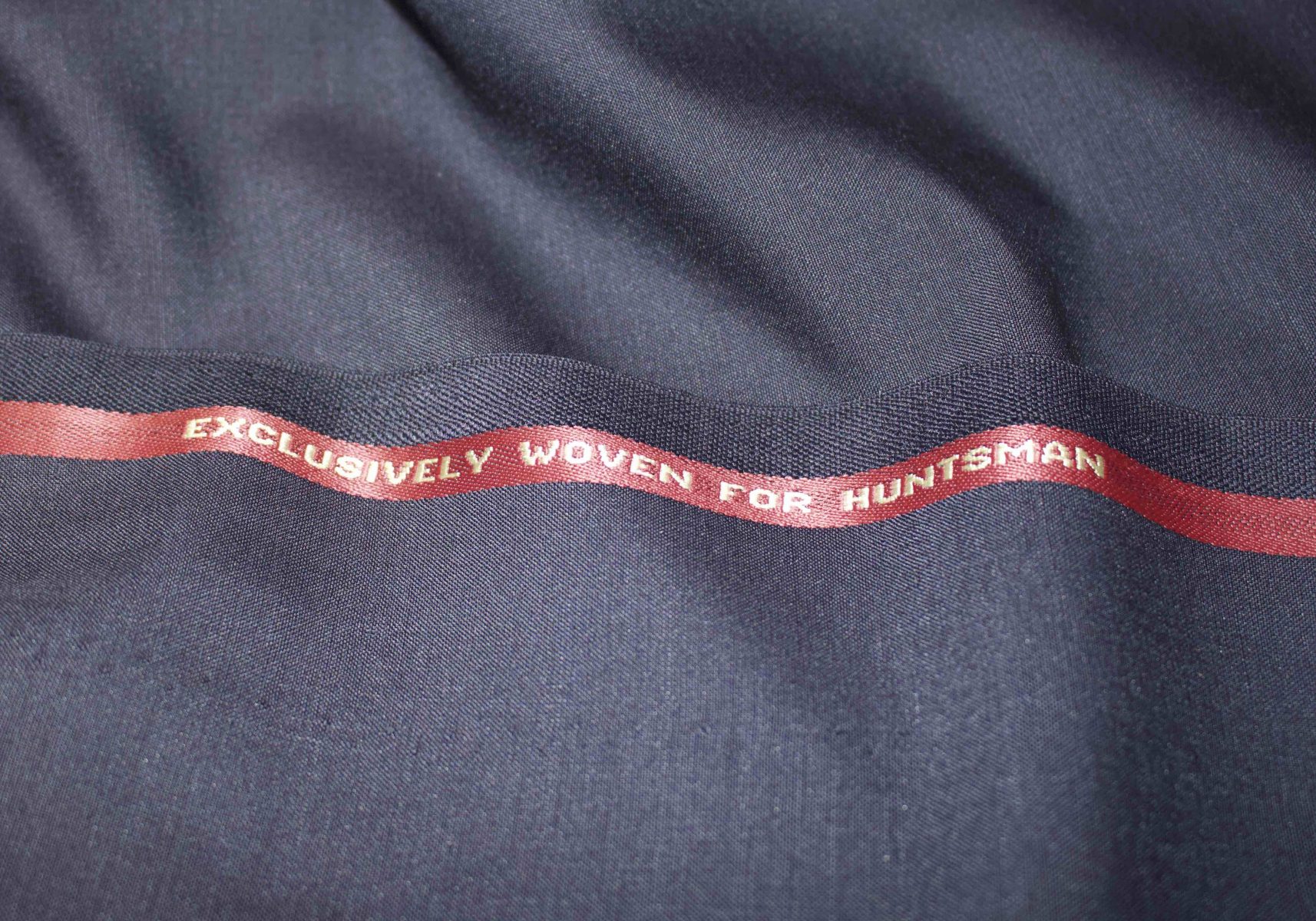Escorial is a special luxury fabric made of sheep’s wool. The reason for luxury is that there are few such sheep, and then the fabric is as soft as cashmere, but its durability and resilience are like wool.
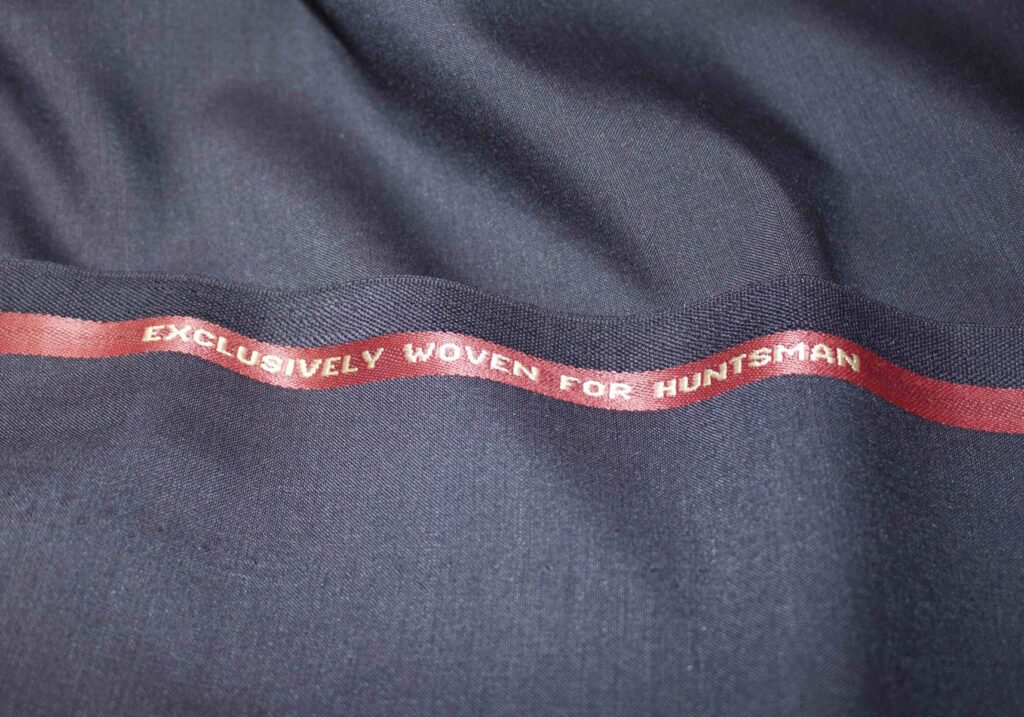
This characteristic is because its wool fiber is curly, just like a miniature spring. Therefore, this fabric is more suitable for making unstructured suits, with good air permeability suitable for spring and summer, and the soft texture is very comfortable.
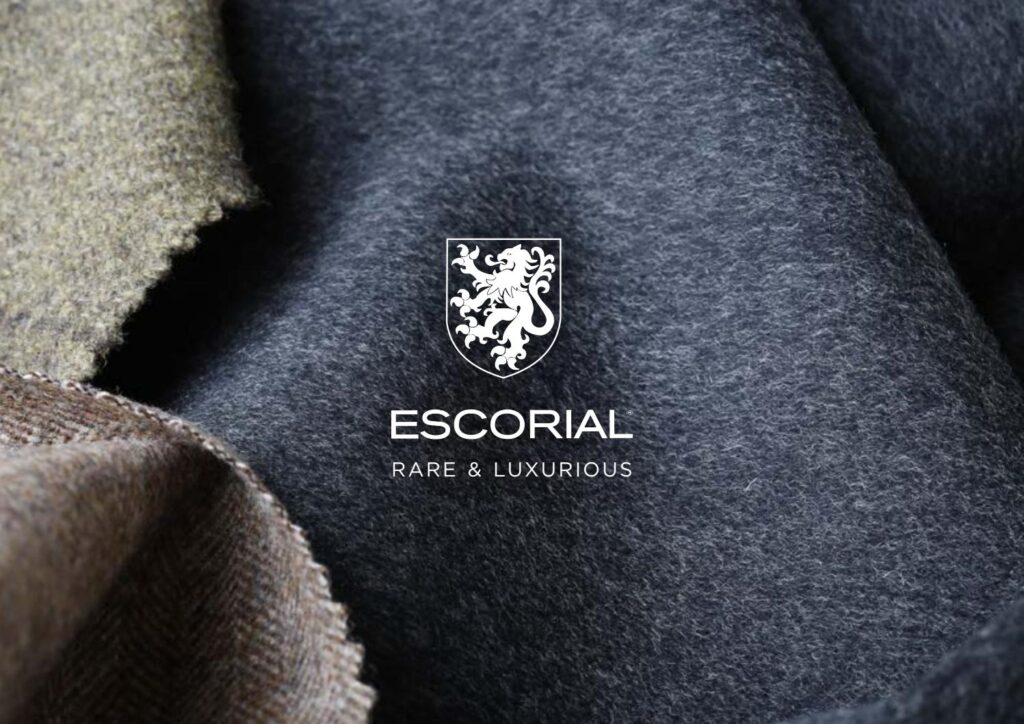
This is a very engineering thinking to look at this fabric. The story of this fabric is more interesting.
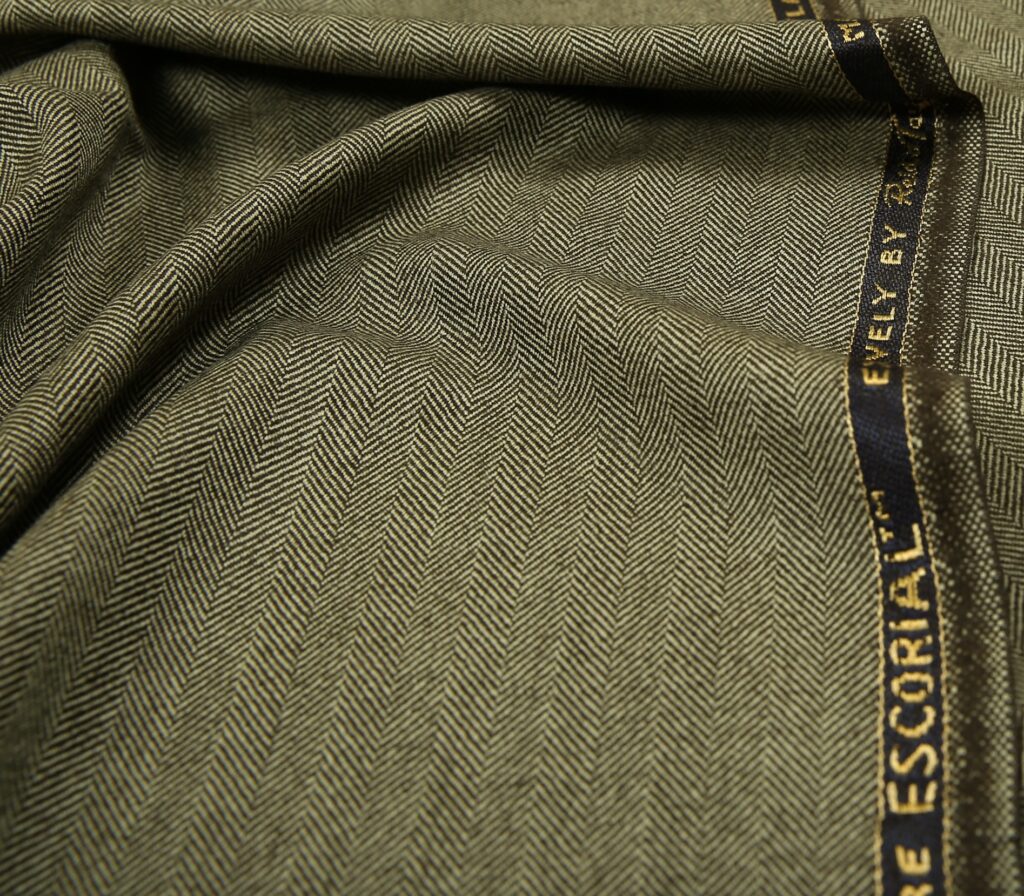
Escorial wool comes from sheep, the breed is Maghreb, which was first propagated in North Africa. Escorial was named in Spain, but there are two versions of how this sheep got to Spain.
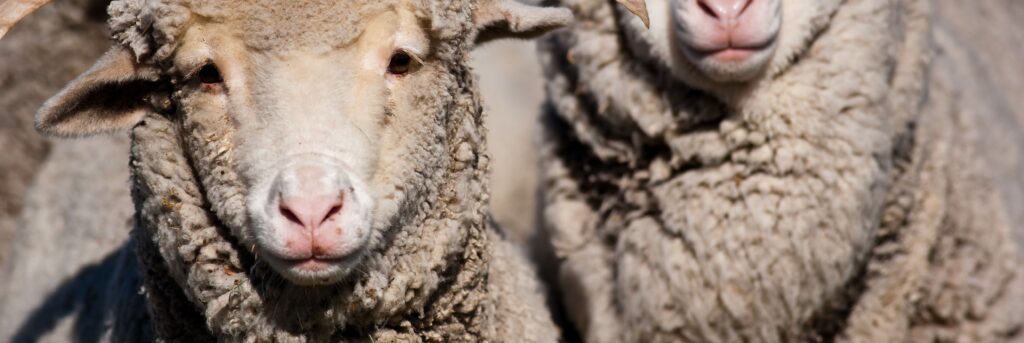
One version is that in 1340, Spain was the overlord of the sea, and North Africa was under its control. So the Spanish colonists brought the sheep back to Spain and grazed in the Escorial Plain west of Madrid.

Another version is that in the 16th century, North African invaders brought Maghreb sheep to Spain. In 1584, King Philip II of Spain established the El Escorial Palace and raised the sheep in it. This group of sheep was called Royal Escorial Flock, hence its name.
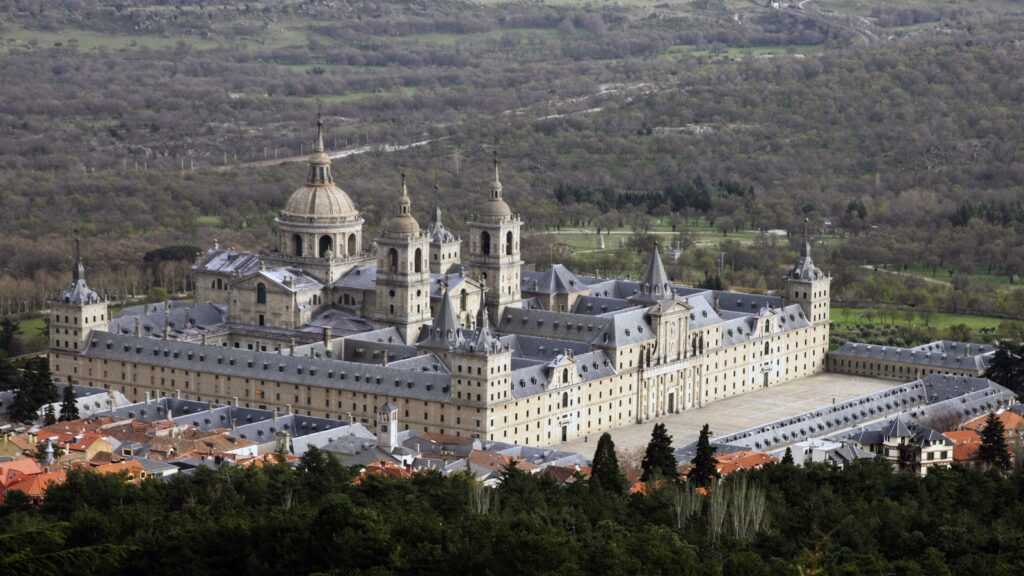
No matter which one it is, the wool is really favored by the nobles. In 1765, Charles III gave 90 heads to the governor of Germany, his nephew Xavier.
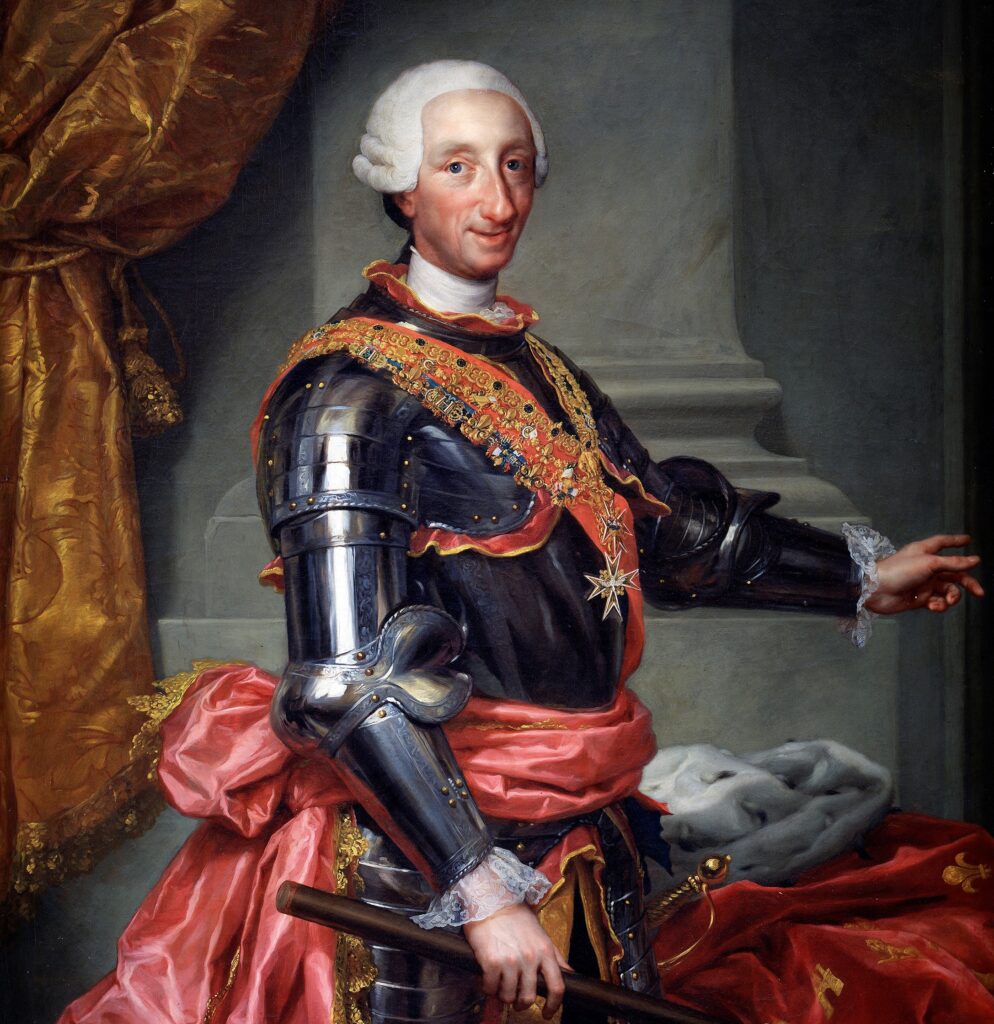
In the same period, some sheep were transported to South Africa, but later they naturally became extinct.
In the Napoleonic Wars, all Maghred sheep in Spain were killed. And the ones in North Africa were missing.
But before the outbreak of the Napoleonic Wars in 1829, Eliza Furlonge spent 250 days transporting 120 sheep from Spain to Australia. This is a stroke of genius. Maghreb sheep breed here.

No one remembers the Maghreb sheep that lived happily in Australia until 1967, more than a hundred years later, when Australian Peter Radford discovered this flock in Tasmania. He not only grazed in Australia, but also transported 40 animals to New Zealand to breed.
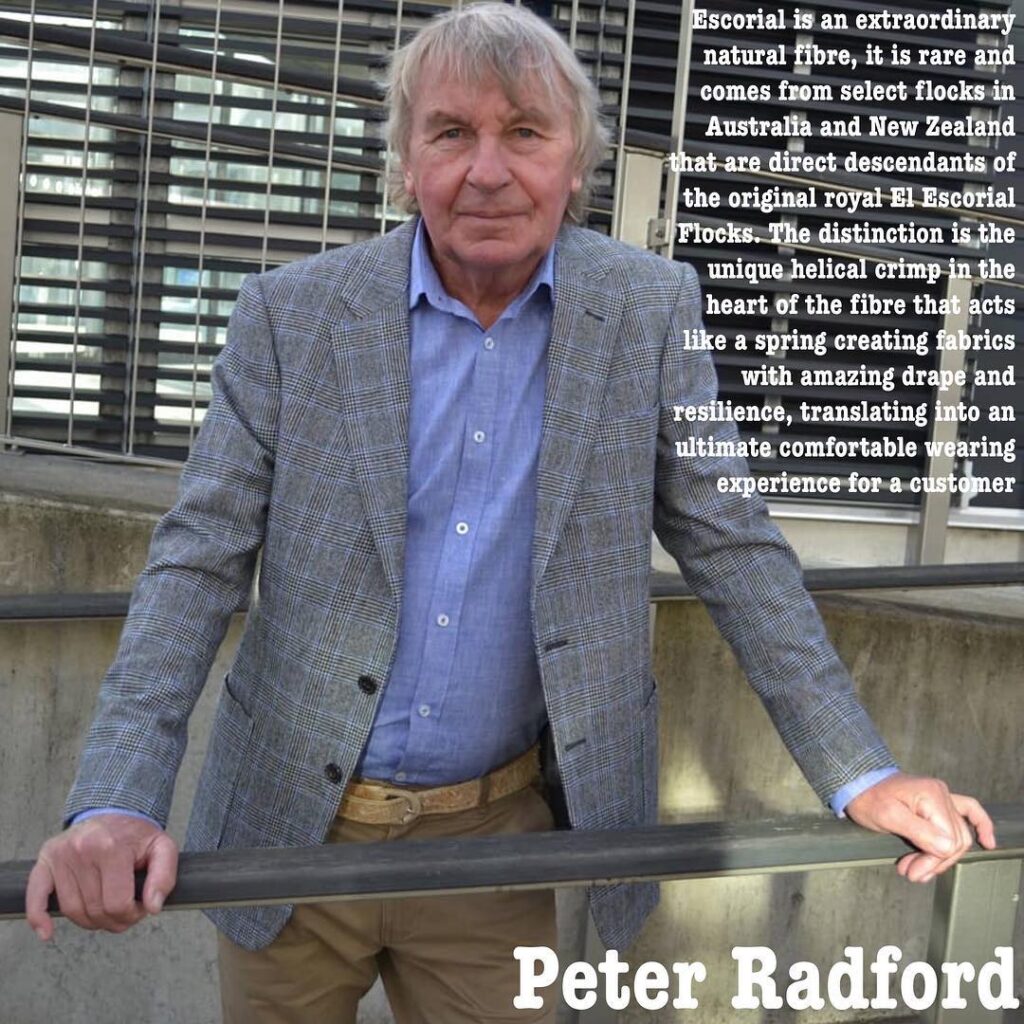
At present, Escorial wool is entirely produced in Australia and New Zealand, but it is woven in traditional British and Italian textile mills.

